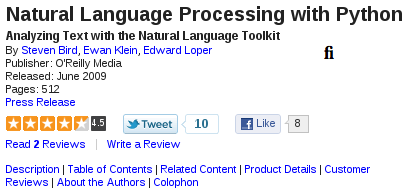 Russell Manley became Fluidinfo CEO last November. Although many people are aware of the change, we’ve not announced it until now as we’ve been busy working on the new UI, have been settling in with how Russell is running the company, and he’s been getting to know our investors better.
Russell Manley became Fluidinfo CEO last November. Although many people are aware of the change, we’ve not announced it until now as we’ve been busy working on the new UI, have been settling in with how Russell is running the company, and he’s been getting to know our investors better.
Russell pointed me to Delicious back in late 2005, after he’d read the early work I did on Fluidinfo in the late 90s. That led directly to the founding of Fluidinfo in London. The corporate address was Russell’s home, and the two of us formed the board. Because we only needed programmers early on, we planned for Russell to join full time once the Fluidinfo architecture was developed and deployed and we had significant external interest. Last November Russell took the plunge, resigned from his London job, and took over from me as CEO.
Russell is extraordinarily competent. He spent 10 years as a “company doctor” in London. He went into a dozen companies as CFO, COO, or CEO, charged with turning them around. Walk around central London with him and it seems that almost everything you see he’s had a hand in running. The diversity of his operations and management experience is extraordinary. In 2005 he joined SMIF, a Secondary Market Infrastructure Fund, where he helped acquire, manage, and eventually sell hundreds of assets: long-term management contracts and debt on UK schools, motorways, hospitals, prisons etc. Russell was frequently in the middle of deals worth tens or hundreds of millions of dollars. SMIF sold themselves to Land Securities Group for $1.4B, where Russell became an Investment Director. Soon afterwards he and a few others spun themselves out of Land Securities to form Semperian. Russell became Group Communications Director and also CIO. He directed the set-up of their entire IT infrastructure in the clouds, a daring and difficult move to pull off in 2007, especially with the stakes so high (Semperian supports about $3B of public sector infrastructure). Russell devised and ran Semperian’s company systems and processes and sat on the board of over 30 companies. Just before joining Fluidinfo he spent 9 months restructuring one of their companies and then negotiating its very complex sale. In the final act he spent two full days signing the 600+ documents he’d coordinated among 28 parties involved in the sale. He knows how to close a deal.
That’s just a sample of Russell’s background and skills—there’s a lot more where that came from. As you can probably guess, we’re extremely happy to now have him running Fluidinfo 🙂
 We’re delighted to announce that Neil Levine (
We’re delighted to announce that Neil Levine (



